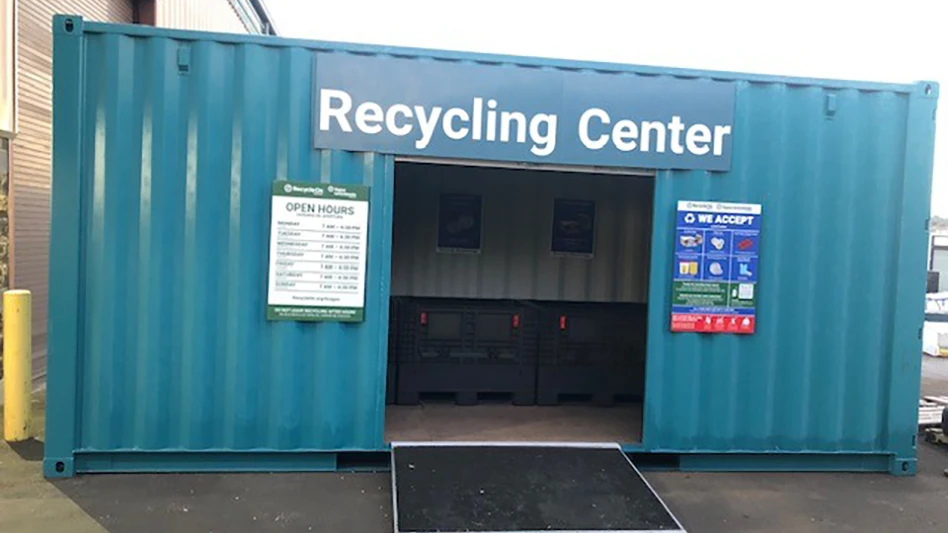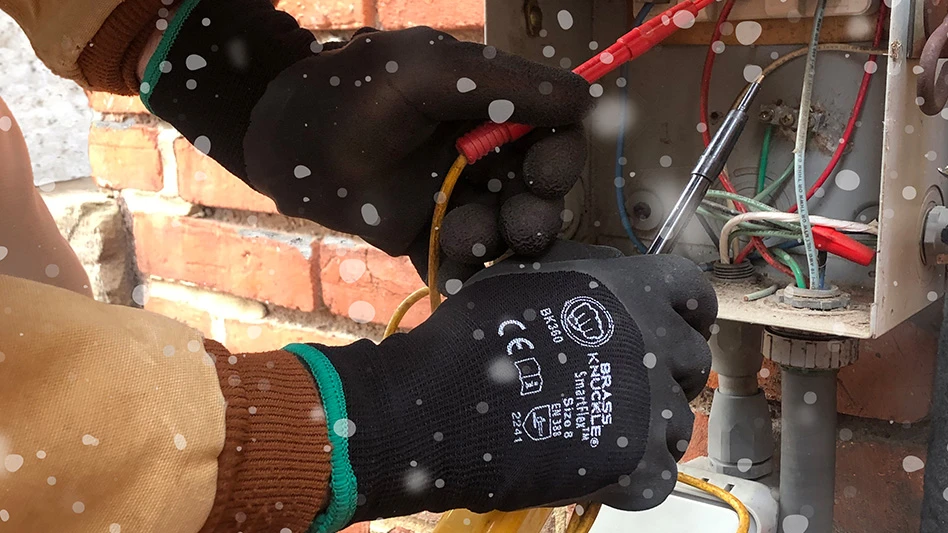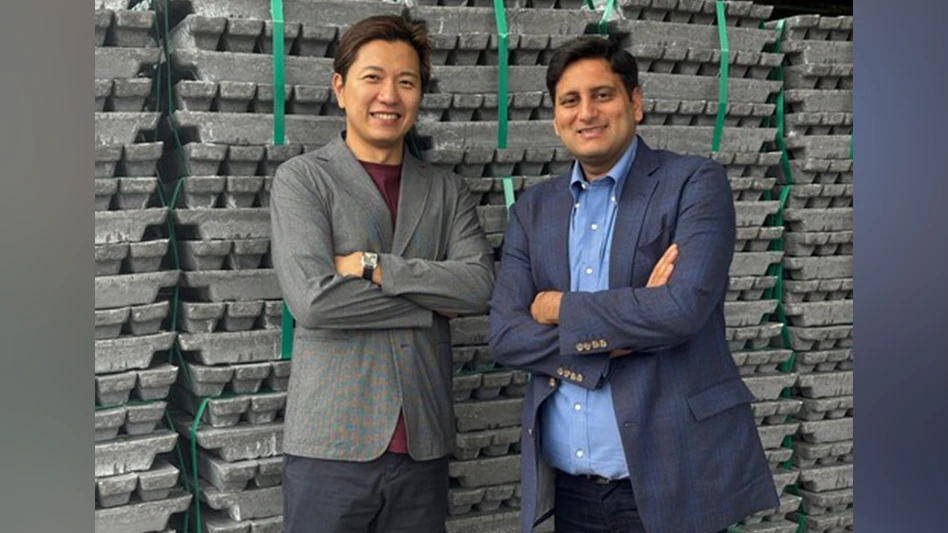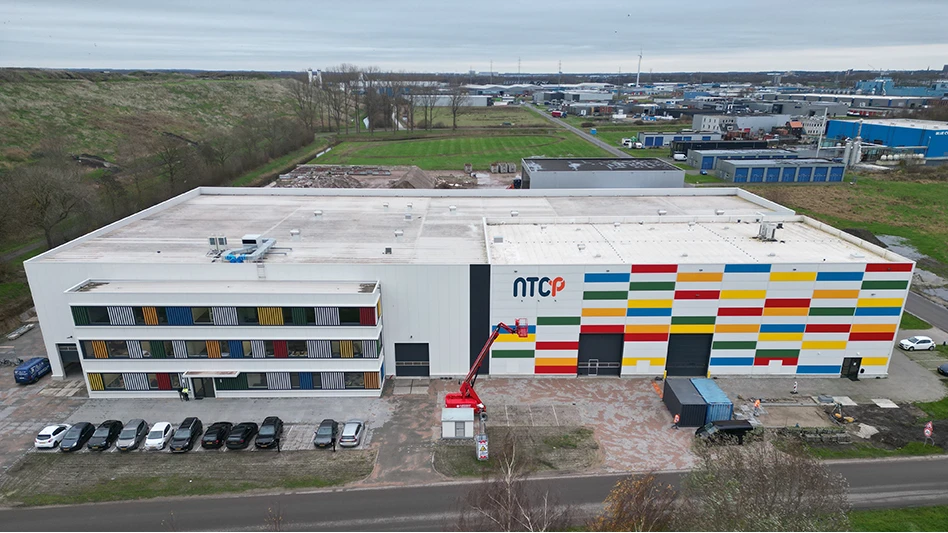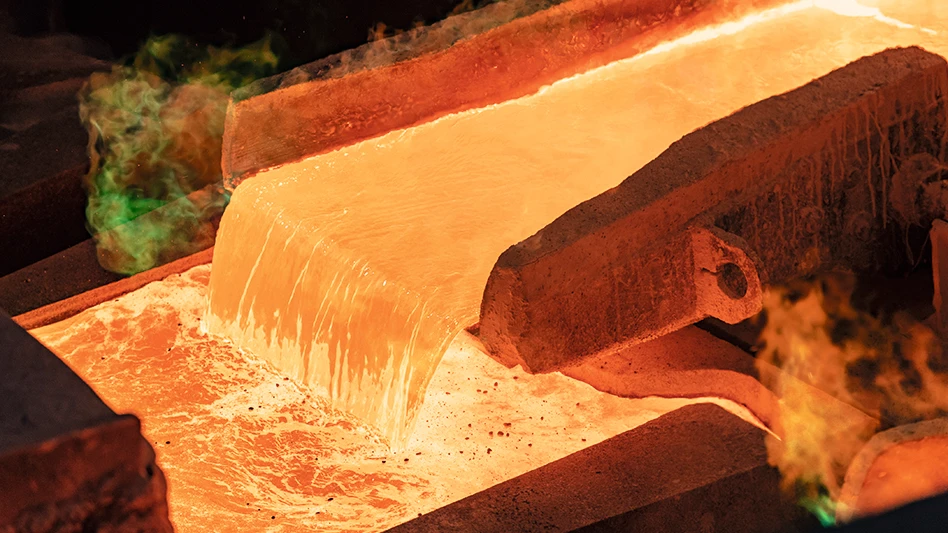
Photo by Recycling Today staff
China’s property market may be a growing source of concern, but at least one metals industry analyst identifies other likely sources of copper demand rising in that nation in 2022.
Gary Gao of Shanghai Metals Market (SMM), in a mid-January online presentation, said the growing market share of electric vehicles (EVs) and other new energy vehicles (NEVs) in China was poised to absorb more copper in 2022.
Unlike in the United States, where EV share remains in the low single digits, Chinese policymakers via the 14th Five-Year-Plan and demand from Chinese drivers alike are boosting prospects for EVs. EVs and the charging infrastructure needed to support them will help consume copper in 2022, Gao said.
Gao also cited urban rail transit funding and construction tied to “satellite cities” as government spending priorities that could spur demand for copper. He also acknowledged the countereffects of a “slowing” real estate market. (Some observers of China’s economy fear an abrupt halt versus a slowdown in that sector.)
Figures gathered by Gao and SMM show copper cathode inventories have declined in London Metal Exchange (LME) and Shanghai Futures Exchange (SHFE) warehouses. “We believe that comes from the tight logistics,” Gao said, including considerable amounts of copper cathode and blister copper “just floating in the sea.” SMM would like to produce a number for stalled copper, but Gao described that as “challenging.”
In 2021, Gao said China imported some 9.95 million metric tons of copper cathode to help meet its needs. Additionally, some 2.69 million metric tons of copper scrap were used in China last year to produce cathode.
SMM’s forecast sees copper concentrates being made at a surplus in 2022. If China taps into what would then be a lower cost concentrates market this year—combined with avoiding enforced factory power outages—the need for China to import cathodes will likely diminish.
In 2020, some 2.5 million metric tons of copper cathode were used to replace copper scrap, in part because of Chinese regulations and a lack of global scrap supply. That figure was reduced to 1 million metric tons of replacement cathode in 2021, SMM says. The firm sees cathode being used in lieu of scrap as a method that will disappear in 2022 and 2023.
At the same online event, Phoebe Yang of SMM portrayed the rise and fall of China’s hunger for imported zinc ingots in 2020 and the first half of 2021. That arbitrage window, Yang said, seems to have closed late last year and is not likely to reopen in 2022.
Investments to smelt more zinc within China are likely to make the nation self-sufficient for the metal in 2022 and even position it as an exporter. Yang noted that rising energy costs in Europe were causing smelter operators there to greatly reduce capacity this January.
Latest from Recycling Today
- US Steel to restart Illinois blast furnace
- AISI, Aluminum Association cite USMCA triangular trading concerns
- Nucor names new president
- DOE rare earths funding is open to recyclers
- Design for Recycling Resolution introduced
- PetStar PET recycling plant expands
- Iron Bull addresses scrap handling needs with custom hoppers
- REgroup, CP Group to build advanced MRF in Nova Scotia
